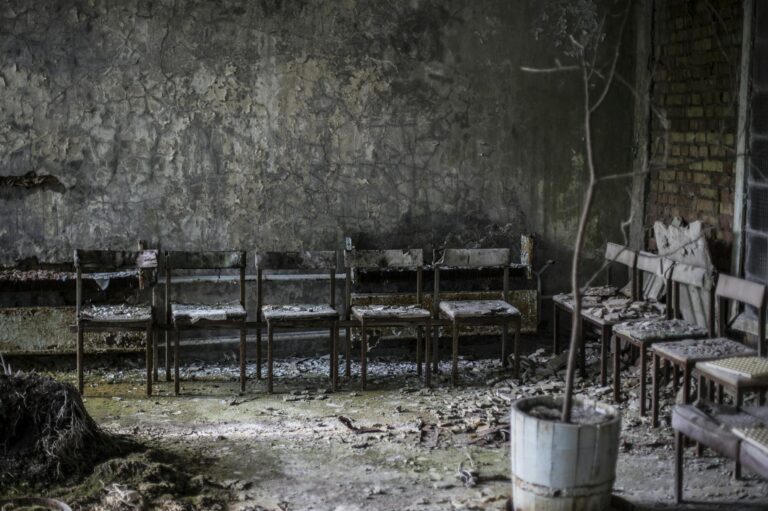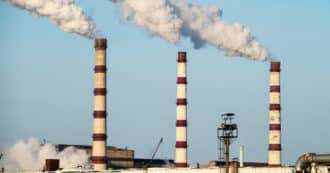Nuclear winter is a theoretical climatic effect that could occur after a large-scale nuclear war. It is characterized by a significant drop in temperatures and reduced sunlight due to the injection of massive amounts of soot and debris into the upper atmosphere. The resulting atmospheric changes could lead to a global cooling effect, similar to a so-called volcanic winter. This concept has been studied to understand the potential environmental consequences and societal impacts of a large-scale nuclear conflict.
Origin of the term and application
A widespread nuclear conflict would result in dramatic consequences for the environment. In conversations about nuclear policy, arms control, or climate modeling, nuclear winter is acknowledged as a significant factor that could influence the global environment and pose long-term threats to human survival.
The term “nuclear winter” emerged in the 1980s when scientists like Carl Sagan and Richard Turco conducted studies on the potential climatic effects of nuclear war. It is important to note the far-reaching consequences and immediate destruction, from a large-scale nuclear action, which would have a critical impact on global climate and ecosystems.
“Nuclear Disarmament” and the need for international cooperation to limit or prevent the use of nuclear weapons has been discussed and studied, so as to underscore the interconnectedness of geopolitical decisions and environmental consequences, emphasizing the critical need to avoid scenarios that could lead to widespread and catastrophic disruption.
Religious adherents are involved in disagreements over conflicting beliefs or land rights. However, they can also be a source for promoting peace through their teachings of the dignity of all people, and the importance for mutual respect and cooperation.





